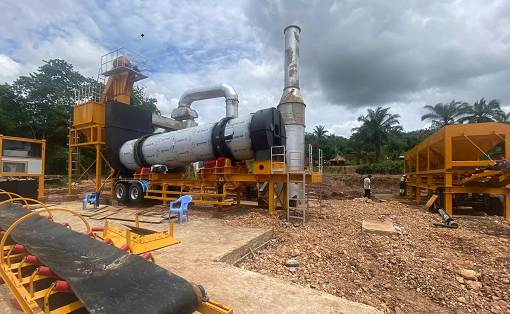The intelligent asphalt gravel synchronous sealing truck has several major features
● The spreading amount is accurate, and three overlapping asphalt sprayings can be achieved with good uniformity;
● Intelligent control of spreading amount, real-time monitoring of spreading amount and vehicle speed, closed-loop control;
● Full computer touch screen operation, equipped with video monitoring system, the entire work process can be observed at any time;
● Reliable performance, durability and easy operation;
● The spreading amount is accurate, and three overlapping asphalt sprayings can be achieved with good uniformity;
● Intelligent control of spreading amount, real-time monitoring of spreading amount and vehicle speed, closed-loop control;
● Full computer touch screen operation, equipped with video monitoring system, the entire work process can be observed at any time;
● Reliable performance, durability and easy operation;
● Zero-start spraying on the same line (strong spray system and asphalt stone spraying system on the same line);
● The control system adopts modular design (low failure rate, quick and easy maintenance);
● The most effective heating system and circulation insulation system ensure that pipes and nozzles are unobstructed and do not require diesel cleaning;
● The telescopic distributing mechanism adopts roller distributing, and the stone is spread more evenly;
● The opening and closing of the nozzle and material door are fully pneumatic, and the computer can independently control each material door and nozzle;
● The width of the spreading cloth can be adjusted at any time during the spreading process;
● It has a self-priming and external discharge function, which can self-add and self-discharge asphalt to improve work efficiency;
● Equipped with a backup system, when the main control system fails, manual spreading can still be performed;
● It has compact structure and beautiful appearance, and can make a U-turn flexibly on the highway.































